Benzamide,4-chloro-N-phenyl-
Modify Date: 2024-01-09 11:20:37

Benzamide,4-chloro-N-phenyl- structure
|
Common Name | Benzamide,4-chloro-N-phenyl- | ||
|---|---|---|---|---|
| CAS Number | 6833-15-4 | Molecular Weight | 231.67800 | |
| Density | 1.285g/cm3 | Boiling Point | 288.6ºC at 760 mmHg | |
| Molecular Formula | C13H10ClNO | Melting Point | 199-201ºC(lit.) | |
| MSDS | N/A | Flash Point | 128.3ºC | |
| Name | 4-Chloro-N-phenylbenzamide |
|---|---|
| Synonym | More Synonyms |
| Density | 1.285g/cm3 |
|---|---|
| Boiling Point | 288.6ºC at 760 mmHg |
| Melting Point | 199-201ºC(lit.) |
| Molecular Formula | C13H10ClNO |
| Molecular Weight | 231.67800 |
| Flash Point | 128.3ºC |
| Exact Mass | 231.04500 |
| PSA | 29.10000 |
| LogP | 3.66530 |
| Index of Refraction | 1.649 |
Synonym: Section 2 - COMPOSITION, INFORMATION ON INGREDIENTS
Risk Phrases: 36/37/38 Section 3 - HAZARDS IDENTIFICATION EMERGENCY OVERVIEW
Irritating to eyes, respiratory system and skin. Potential Health Effects Eye: Causes eye irritation. Skin: Causes skin irritation. May be harmful if absorbed through the skin. Ingestion: May cause irritation of the digestive tract. May be harmful if swallowed. Inhalation: Causes respiratory tract irritation. May be harmful if inhaled. Chronic: Not available. Section 4 - FIRST AID MEASURES Eyes: Flush eyes with plenty of water for at least 15 minutes, occasionally lifting the upper and lower eyelids. Get medical aid. Skin: Get medical aid. Flush skin with plenty of water for at least 15 minutes while removing contaminated clothing and shoes. Ingestion: Get medical aid. Wash mouth out with water. Inhalation: Remove from exposure and move to fresh air immediately. If not breathing, give artificial respiration. If breathing is difficult, give oxygen. Get medical aid. Notes to Physician: Treat symptomatically and supportively. Section 5 - FIRE FIGHTING MEASURES General Information: As in any fire, wear a self-contained breathing apparatus in pressure-demand, MSHA/NIOSH (approved or equivalent), and full protective gear. Extinguishing Media: Use water spray, dry chemical, carbon dioxide, or chemical foam. Section 6 - ACCIDENTAL RELEASE MEASURES General Information: Use proper personal protective equipment as indicated in Section 8. Spills/Leaks: Vacuum or sweep up material and place into a suitable disposal container. Section 7 - HANDLING and STORAGE Handling: Avoid breathing dust, vapor, mist, or gas. Avoid contact with skin and eyes. Storage: Store in a cool, dry place. Store in a tightly closed container. Section 8 - EXPOSURE CONTROLS, PERSONAL PROTECTION Engineering Controls: Facilities storing or utilizing this material should be equipped with an eyewash facility and a safety shower. Use adequate ventilation to keep airborne concentrations low. Exposure Limits CAS# 6833-15-4: Personal Protective Equipment Eyes: Not available. Skin: Wear appropriate protective gloves to prevent skin exposure. Clothing: Wear appropriate protective clothing to prevent skin exposure. Respirators: Follow the OSHA respirator regulations found in 29 CFR 1910.134 or European Standard EN 149. Use a NIOSH/MSHA or European Standard EN 149 approved respirator if exposure limits are exceeded or if irritation or other symptoms are experienced. Section 9 - PHYSICAL AND CHEMICAL PROPERTIES Physical State: Solid Color: Not available. Odor: Not available. pH: Not available. Vapor Pressure: Not available. Viscosity: Not available. Boiling Point: Not available. Freezing/Melting Point: 199 - 201 deg C Autoignition Temperature: Not available. Flash Point: Not available. Explosion Limits, lower: Not available. Explosion Limits, upper: Not available. Decomposition Temperature: Solubility in water: Specific Gravity/Density: Molecular Formula: C13H10ClNO Molecular Weight: 231.68 Section 10 - STABILITY AND REACTIVITY Chemical Stability: Stable. Conditions to Avoid: Incompatible materials. Incompatibilities with Other Materials: Strong oxidizing agents. Hazardous Decomposition Products: Hydrogen chloride, nitrogen oxides, carbon monoxide, carbon dioxide. Hazardous Polymerization: Has not been reported Section 11 - TOXICOLOGICAL INFORMATION RTECS#: CAS# 6833-15-4 unlisted. LD50/LC50: Not available. Carcinogenicity: 4-Chlorobenzanilide - Not listed by ACGIH, IARC, or NTP. Section 12 - ECOLOGICAL INFORMATION Section 13 - DISPOSAL CONSIDERATIONS Dispose of in a manner consistent with federal, state, and local regulations. Section 14 - TRANSPORT INFORMATION IATA Not regulated as a hazardous material. IMO Not regulated as a hazardous material. RID/ADR Not regulated as a hazardous material. Section 15 - REGULATORY INFORMATION European/International Regulations European Labeling in Accordance with EC Directives Hazard Symbols: XI Risk Phrases: R 36/37/38 Irritating to eyes, respiratory system and skin. Safety Phrases: S 26 In case of contact with eyes, rinse immediately with plenty of water and seek medical advice. S 37/39 Wear suitable gloves and eye/face protection. WGK (Water Danger/Protection) CAS# 6833-15-4: No information available. Canada None of the chemicals in this product are listed on the DSL/NDSL list. CAS# 6833-15-4 is not listed on Canada's Ingredient Disclosure List. US FEDERAL TSCA CAS# 6833-15-4 is not listed on the TSCA inventory. It is for research and development use only. SECTION 16 - ADDITIONAL INFORMATION N/A |
| Precursor 9 | |
|---|---|
| DownStream 10 | |
| HS Code | 2924299090 |
|---|---|
| Summary | 2924299090. other cyclic amides (including cyclic carbamates) and their derivatives; salts thereof. VAT:17.0%. Tax rebate rate:13.0%. . MFN tariff:6.5%. General tariff:30.0% |
| 4-chloro-N-phenylbenzamide |
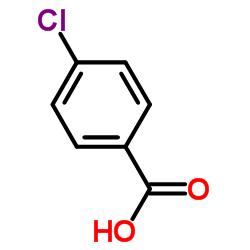 CAS#:74-11-3
CAS#:74-11-3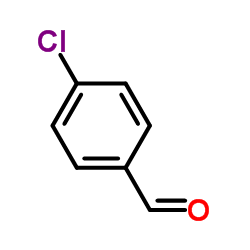 CAS#:104-88-1
CAS#:104-88-1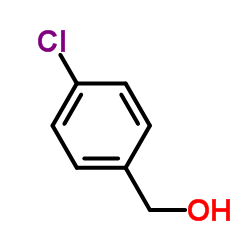 CAS#:873-76-7
CAS#:873-76-7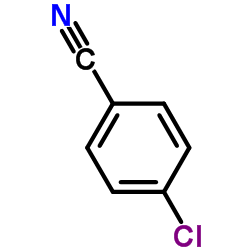 CAS#:623-03-0
CAS#:623-03-0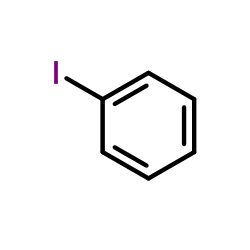 CAS#:591-50-4
CAS#:591-50-4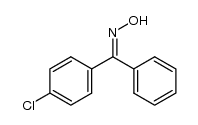 CAS#:2998-98-3
CAS#:2998-98-3 CAS#:98-95-3
CAS#:98-95-3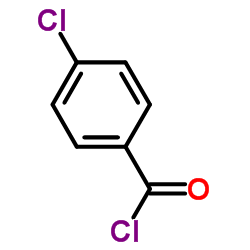 CAS#:122-01-0
CAS#:122-01-0 CAS#:619-56-7
CAS#:619-56-7![(4-chlorophenyl)-[4-(diethylamino)phenyl]methanone structure](https://image.chemsrc.com/caspic/008/104689-75-0.png) CAS#:104689-75-0
CAS#:104689-75-0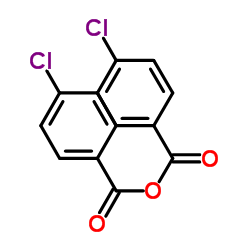 CAS#:790-41-0
CAS#:790-41-0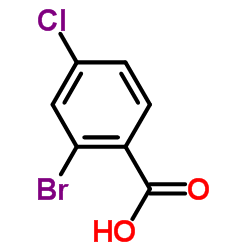 CAS#:936-08-3
CAS#:936-08-3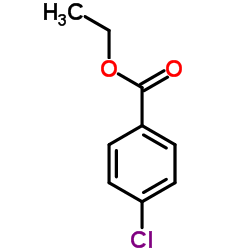 CAS#:7335-27-5
CAS#:7335-27-5 CAS#:6265-91-4
CAS#:6265-91-4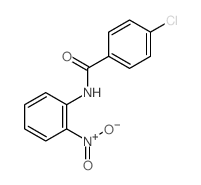 CAS#:33489-99-5
CAS#:33489-99-5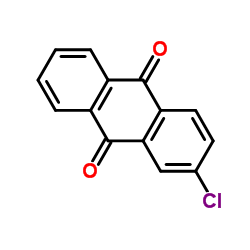 CAS#:131-09-9
CAS#:131-09-9 CAS#:1141-35-1
CAS#:1141-35-1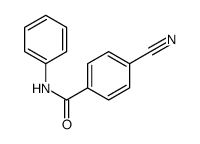 CAS#:17922-96-2
CAS#:17922-96-2 CAS#:72989-49-2
CAS#:72989-49-2